Tibet Autonomous Region has seen significant progress in restoring biodiversity.
BEIJING, Aug. 17, 2019 (Xinhua) -- Tibet Autonomous Region is located in southwest China, it has seen significant progress in restoring biodiversity, with a forest coverage rate of 12.14 percent, said a white paper released in March this year by China's State Council Information Office.
The population of Tibetan antelopes has grown from 60,000 in the 1990s to more than 200,000 and Tibetan wild donkeys have increased in numbers from 50,000 to 80,000, noted the document, titled "Democratic Reform in Tibet -- Sixty Years On."
Since the Qomolangma Nature Reserve was established in 1988, Tibet has set up 47 nature reserves of all kinds, including 11 at state level, with the total area of nature reserves accounting for more than 34.35 percent of the total area of the autonomous region, the white paper said. Tibet has 22 eco-protection areas, including one at state level, 36 counties in receipt of transfer payments from central finance for their key ecological roles, four national scenic areas, nine national forest parks, 22 national wetland parks, and three national geoparks, figures showed.
The central government has continued to increase eco-compensation for Tibet in return for its cost for protecting the eco-environment and the consequent losses in development opportunities. The white paper said that since 2001, the central government has paid 31.6 billion yuan (4.71 billion U.S. dollars) in eco-compensation to the autonomous region for protecting forests, grassland, wetland, and key ecological reserves.

Tourists visit the Tibet Garden at the Beijing International Horticultural Exhibition in Beijing, capital of China. (Xinhua/Ren Chao)

Tourists visit the Tibet Garden at the Beijing International Horticultural Exhibition in Beijing, capital of China. (Xinhua/Ren Chao)
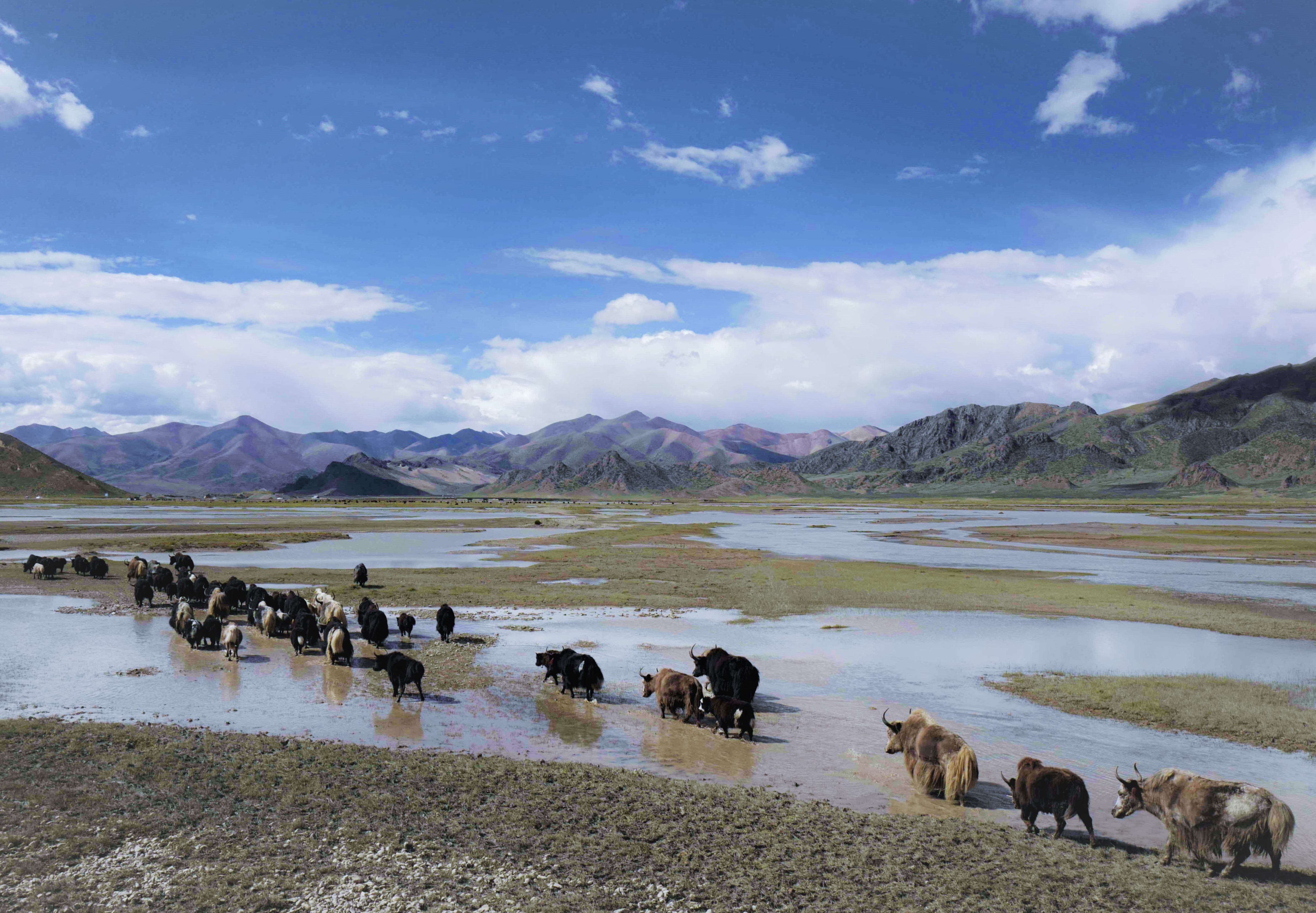
Yaks on a wetland in northern Tibet Autonomous Region, southwest China. (Xinhua/Purbu Zhaxi)
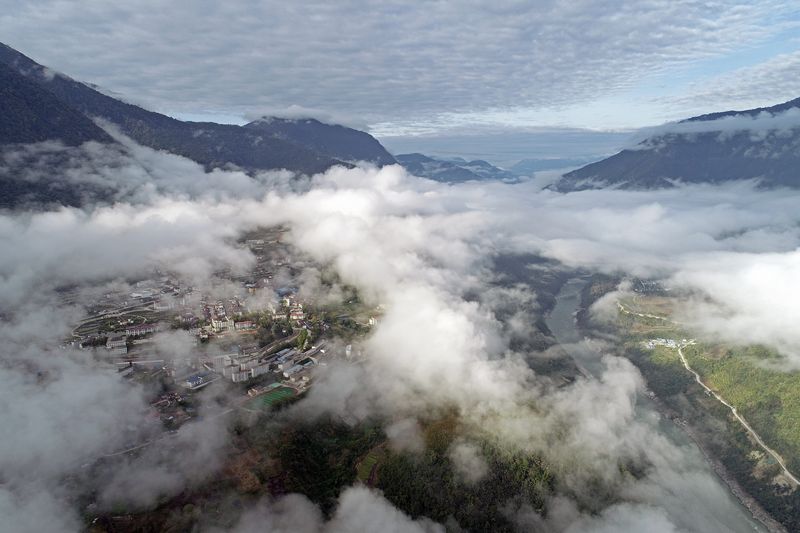
Sea of clouds over Medog County, southwest China's Tibet Autonomous Region. (Xinhua/Li Xin)
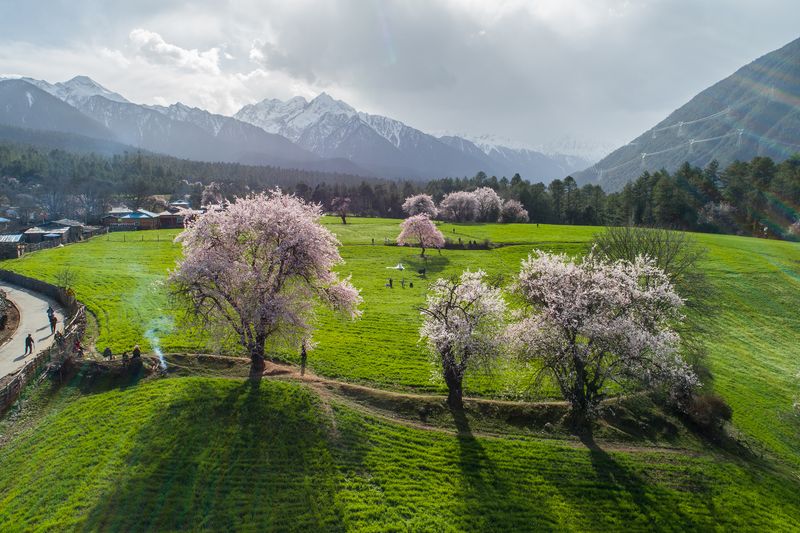
Scenery of Bome County of Nyingchi, southwest China's Tibet Autonomous Region. (Xinhua/Li Xin)

Scenery of Nam Co Lake in southwest China's Tibet Autonomous Region. (Xinhua/Li Xin)
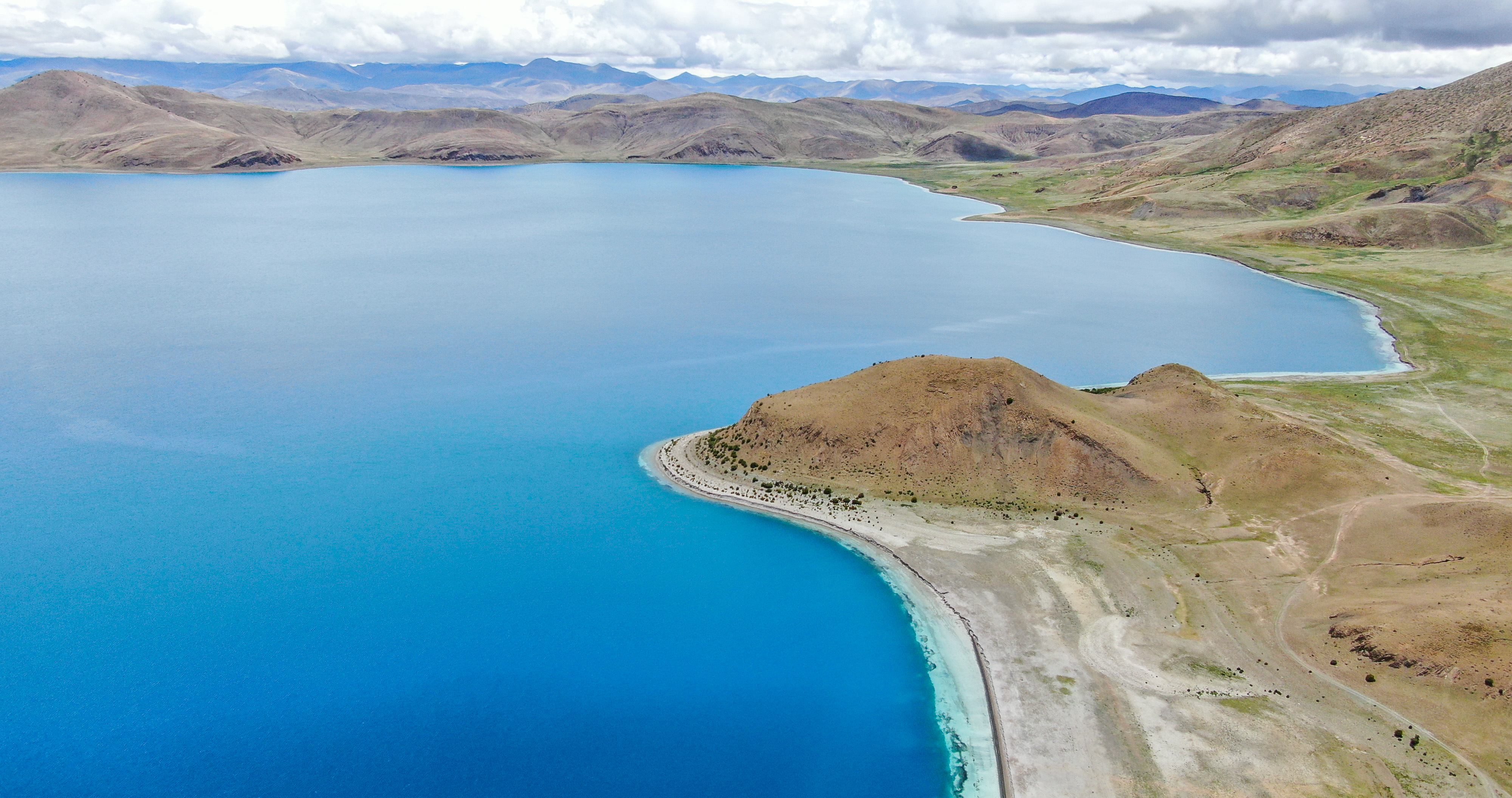
Scenery of the Yamzbog Yumco Lake in Shannan, southwest China's Tibet Autonomous Region. (Xinhua/Jigme Dorje)
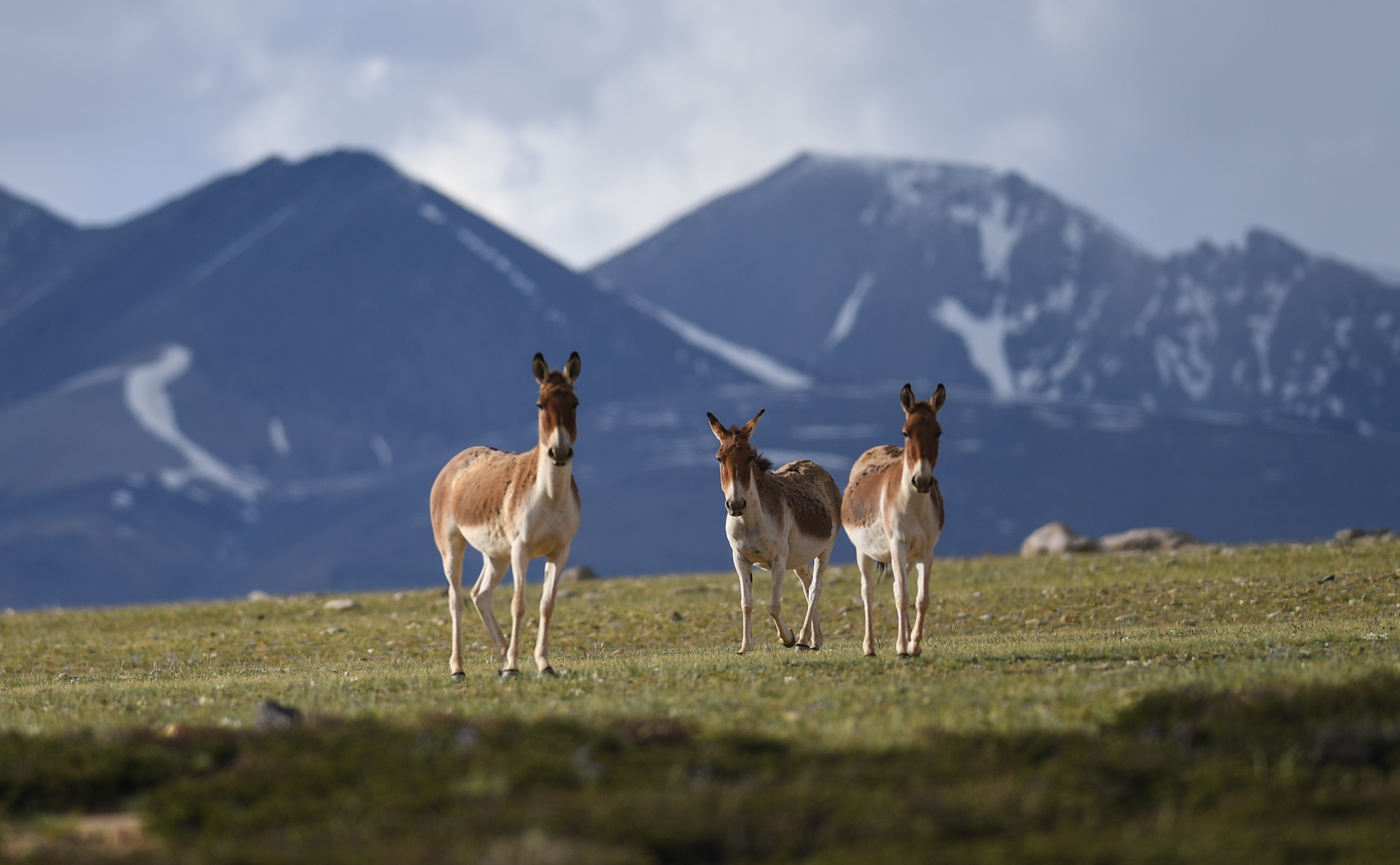
Tibetan wild donkeys on a pasture in Zanda County, southwest China's Tibet Autonomous Region. (Xinhua/Jigme Dorje)

Scenery of a part of a glacier in Rutog County of Ngari Prefecture, southwest China's Tibet Autonomous Region. (Xinhua/Jigme Dorje)

Banggong Co in Ngari Prefecture, southwest China's Tibet Autonomous Region. (Xinhua/Jigme Dorje)
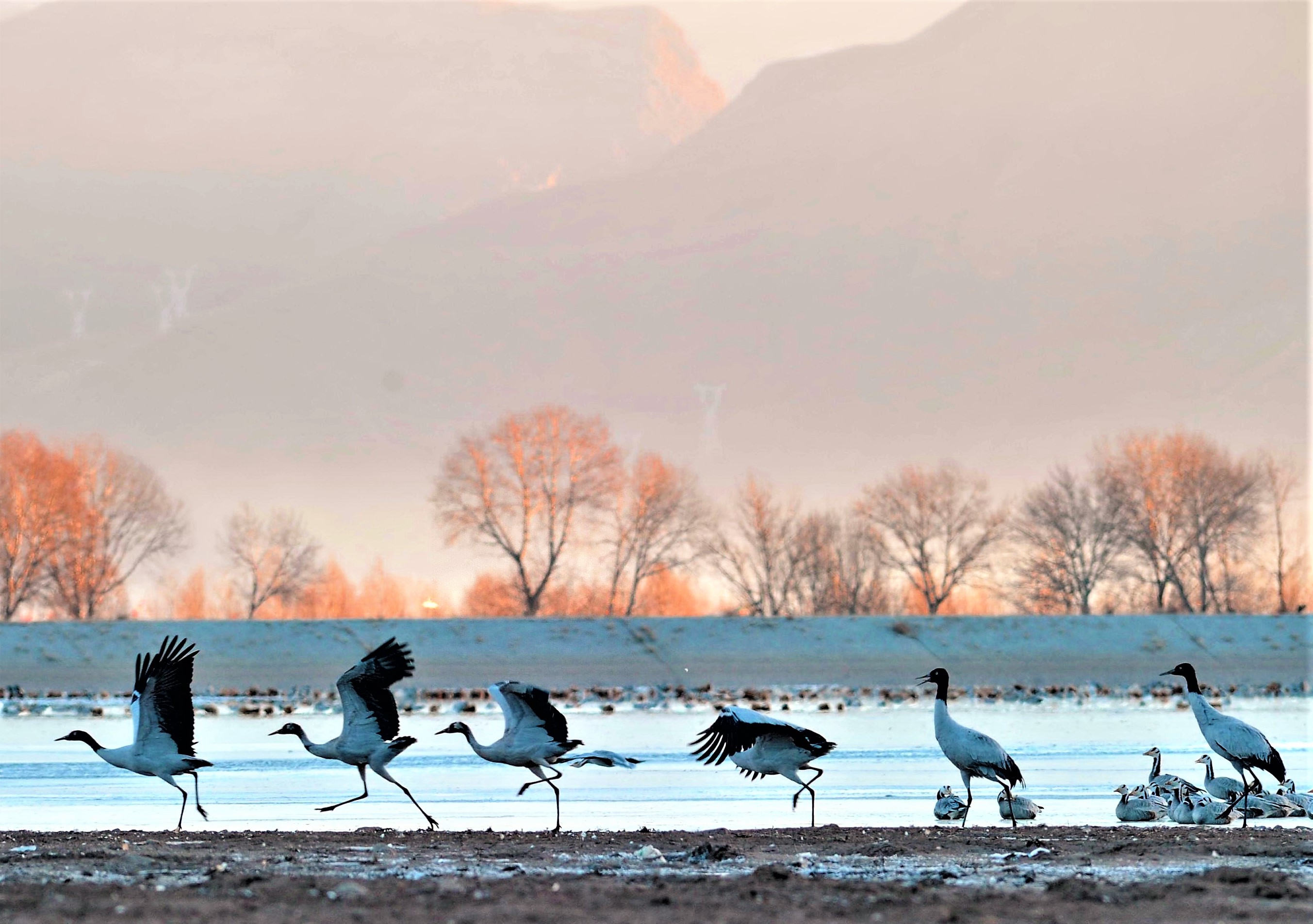
Black-necked cranes in Linzhou County of Lhasa, southwest China's Tibet Autonomous Region. (Xinhua/Zhang Rufeng)
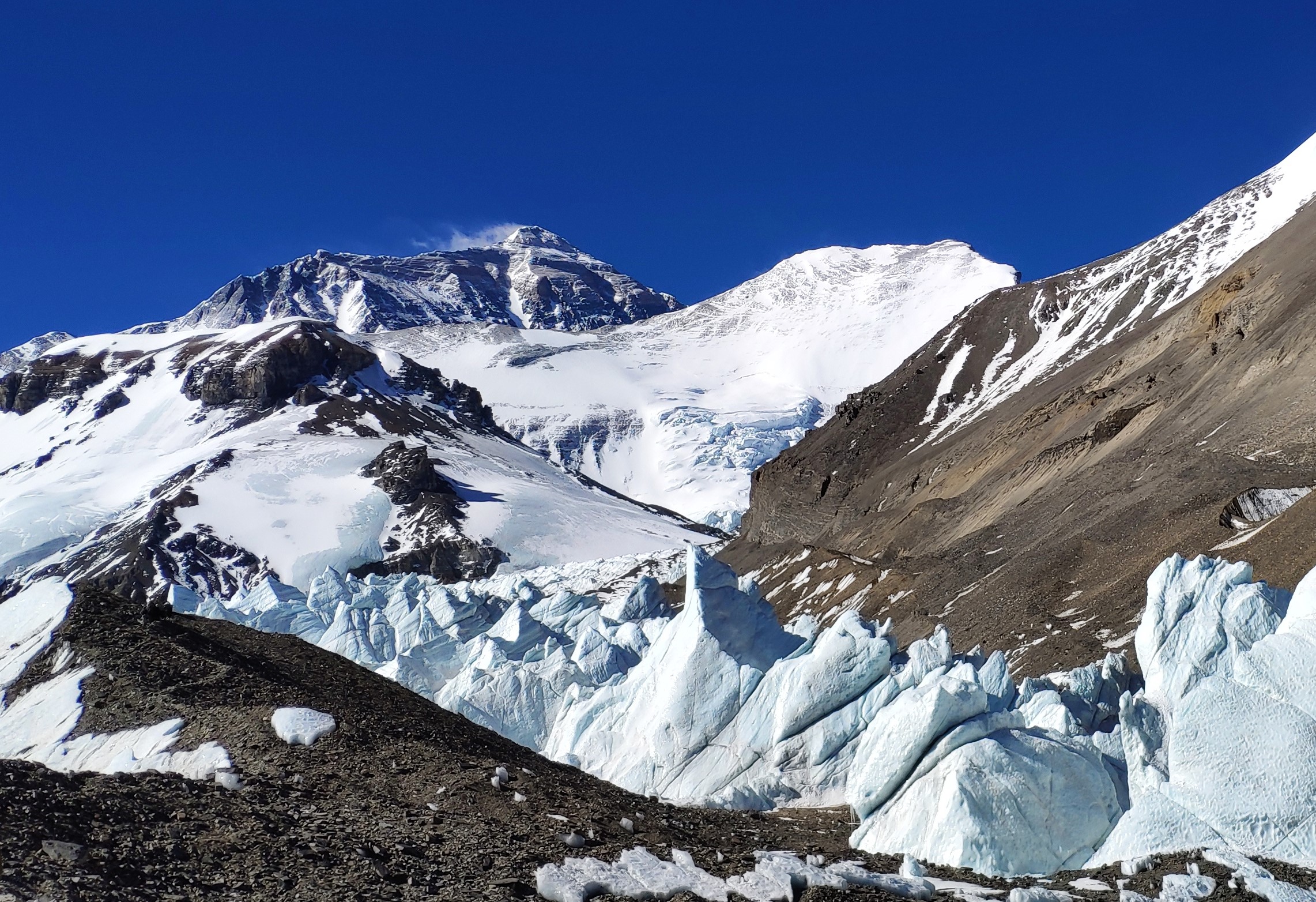
Glacier on the foot of Mount Qomolangma in southwest China's Tibet Autonomous Region. (Xinhua/Purbu Zhaxi)

Tangra Yumco Lake in Nagqu, southwest China's Tibet Autonomous Region. (Xinhua/Purbu Zhaxi)
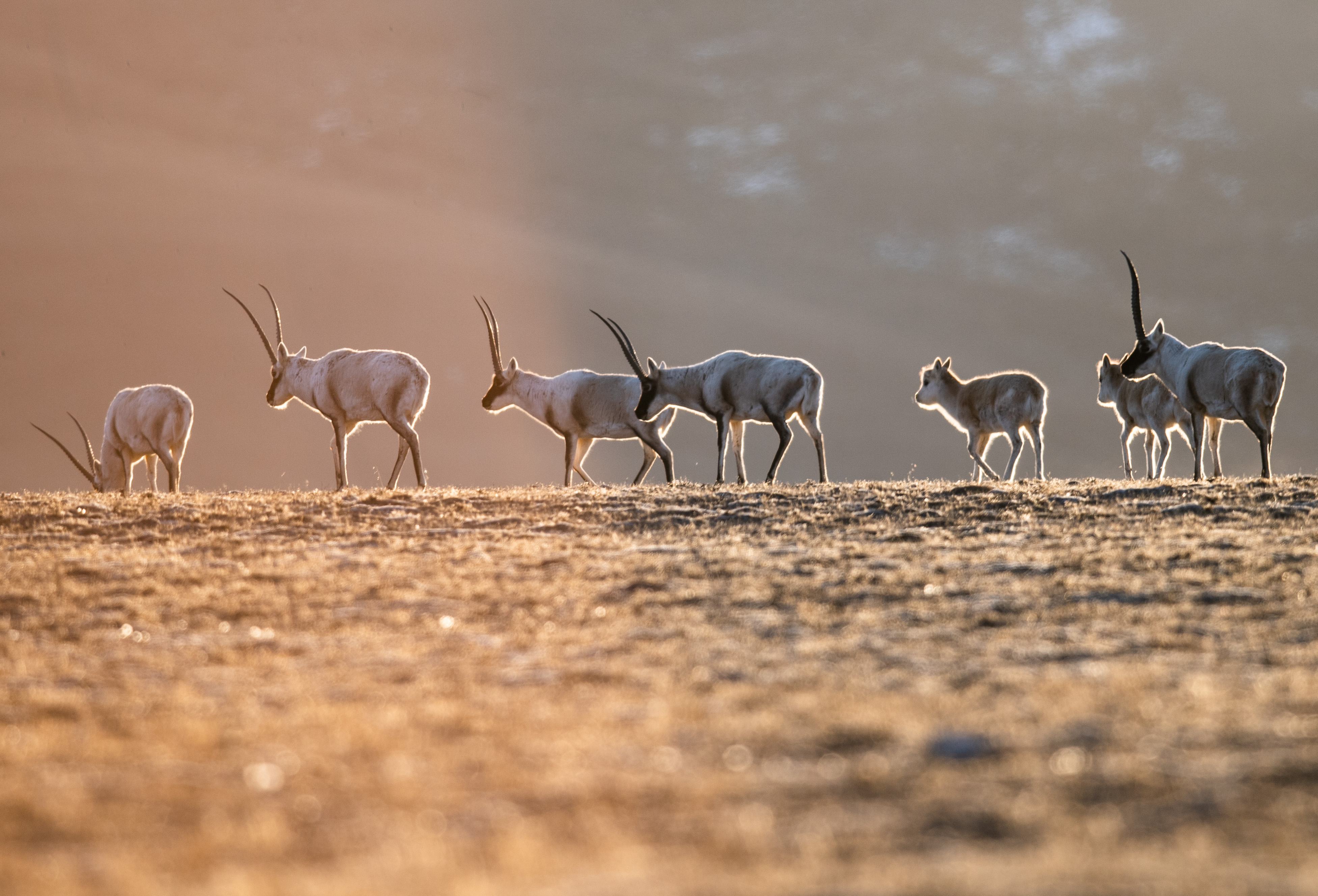
Tibetan antelopes in Qiangtang National Nature Reserve in southwest China's Tibet Autonomous Region. (Xinhua/Purbu Zhaxi)

Peach flowers in suburb of Lhasa, southwest China's Tibet Autonomous Region. (Xinhua/Purbu Zhaxi)
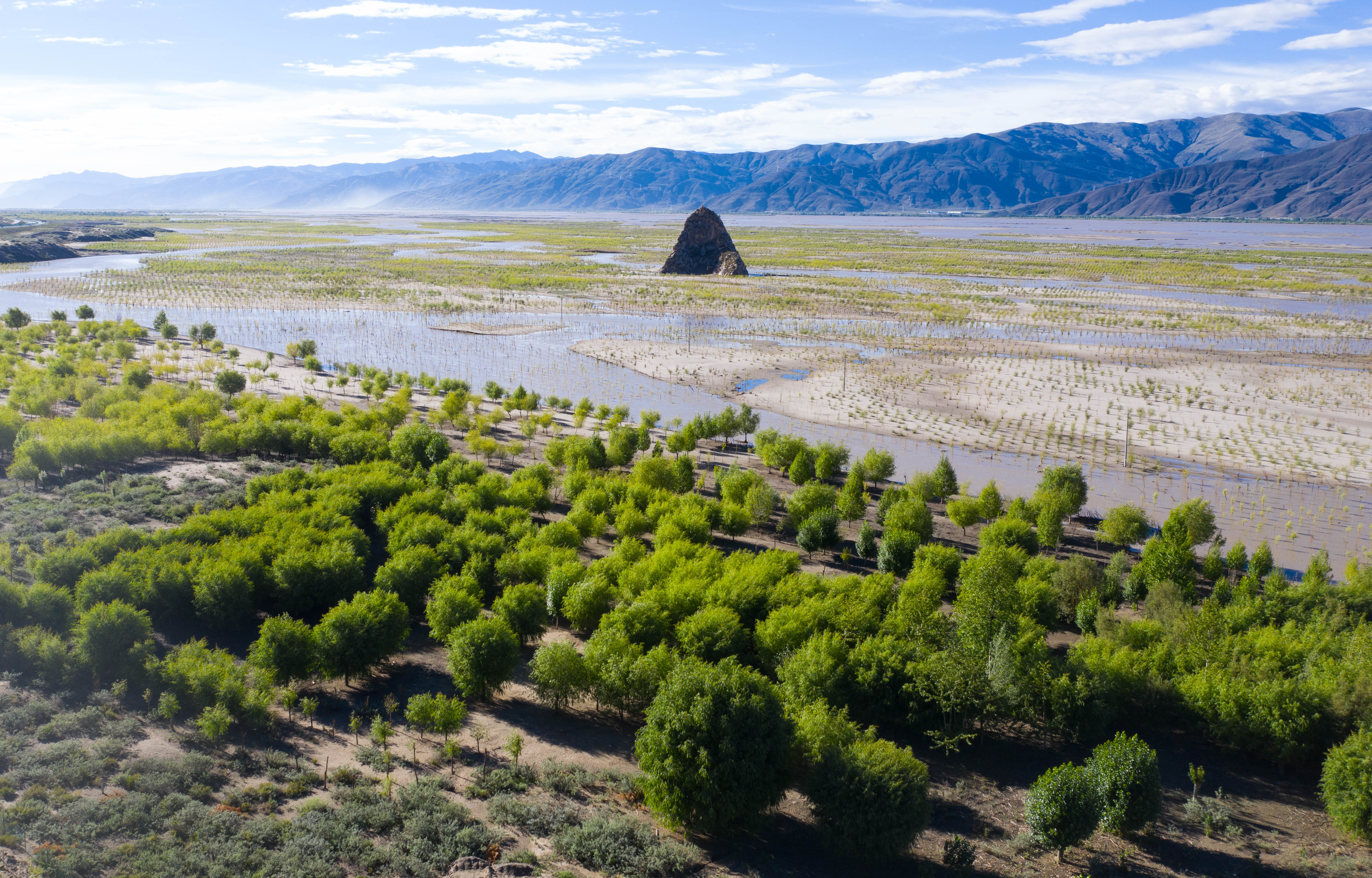
Trees planted along banks of the Yarlung Zangbo River in southwest China's Tibet Autonomous Region. (Xinhua/Purbu Zhaxi)

Lhalu Wetland National Nature Reserve in Lhasa, southwest China's Tibet Autonomous Region. (Xinhua/Purbu Zhaxi)



